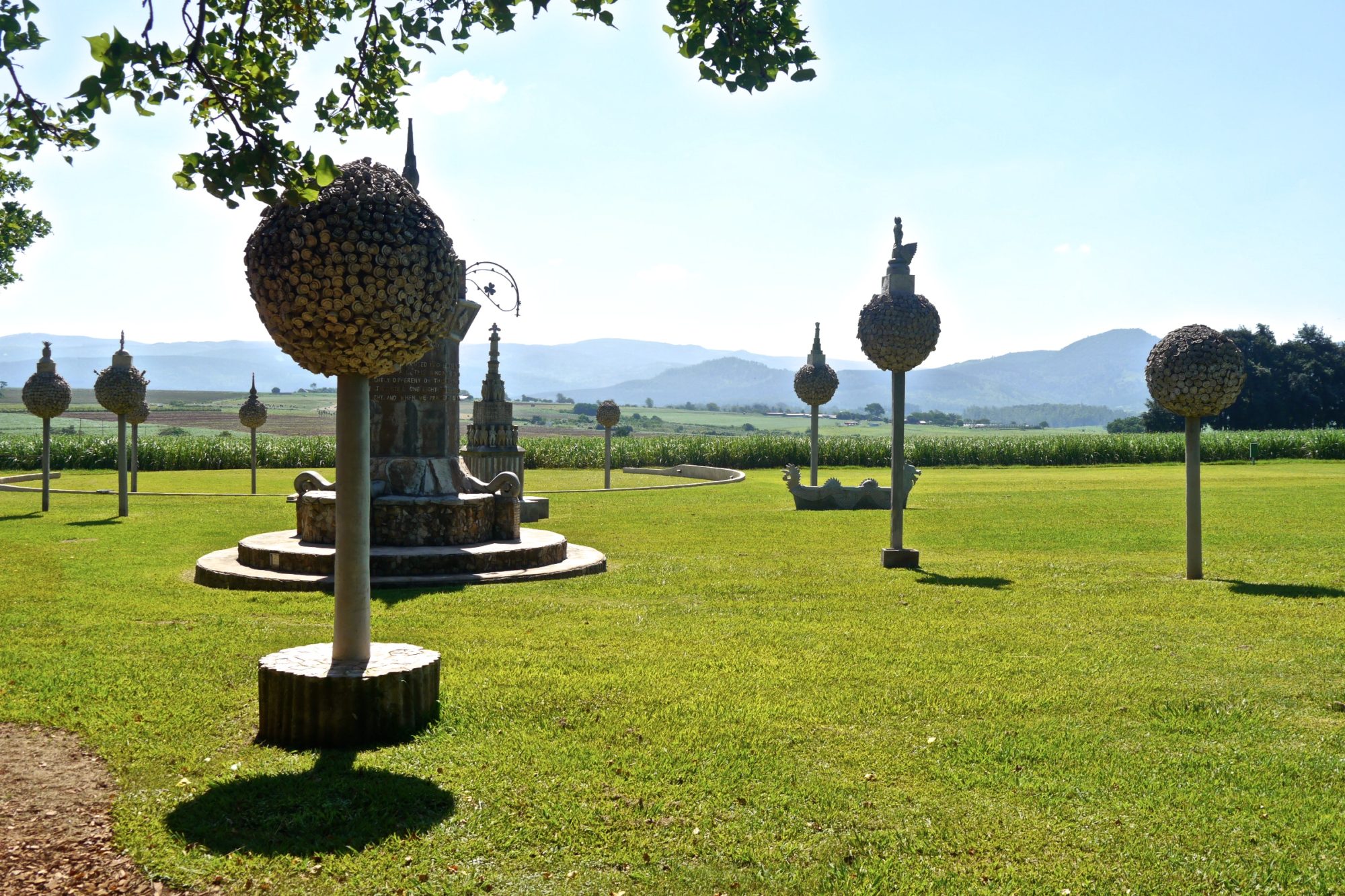
Swaziland: Arts and Crafts in the Ezulwini Valley
The landlocked Kingdom of Swaziland rarely receives much international attention and often sits forgotten in the shadow of its much larger neighbors. And in the few instances that it does pop up in conversation or make its way to the news outlets, it often draws inquisitive looks or comments from people who are quick to confuse it with Switzerland.
But Switzerland and Swaziland share very little in common, save for their similar names and beautiful scenery. While the former is an organized, wealthy European bastion of stability, neutrality and punctuality, the latter more often conjures images of poverty, disease and corruption. When Swaziland garners international attention, it is usually for something negative, like the country’s exorbitantly high AIDS rate or low life expectancy.
Swaziland is probably plagued by more problems per square mile than just about anywhere else, but it is saddening to think that these issues are what the country is usually associated with. The few who happen to make it to the tiny kingdom will be quick to tell you that Swaziland is a friendly, welcoming dot on a map that has much more to offer than one would often assume based on its minuscule size.
During our quick foray into the kingdom, Dan and I experienced the country’s rich heritage, its stunning scenery, its incredible wildlife and its genuine hospitality.
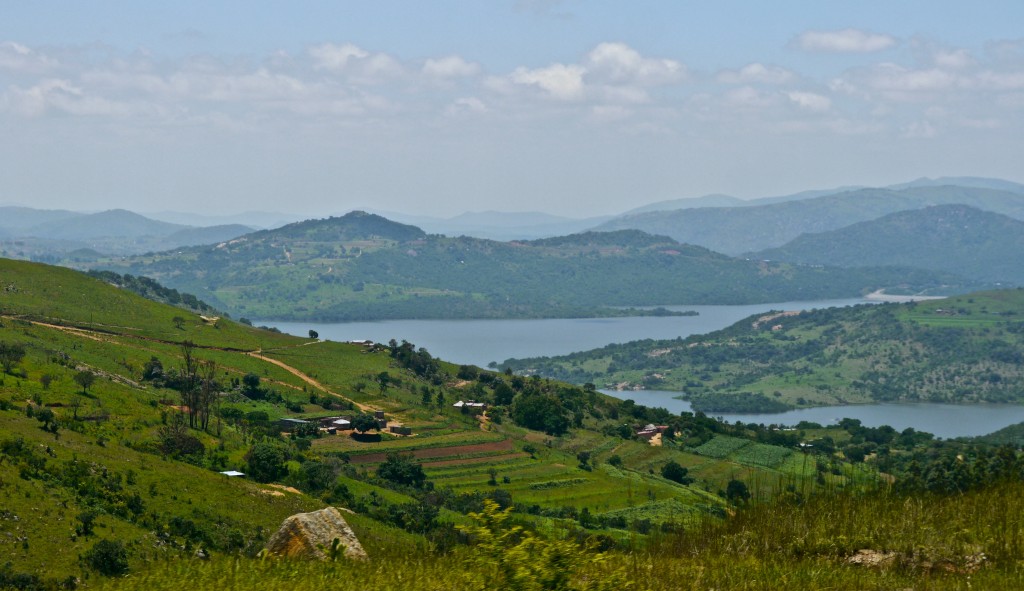
Swaziland is a small kingdom sandwiched between South Africa and Mozambique. Though it was originally established in the eighteenth century by Ngwane III, it was later settled by many Europeans from Britain who sought to make a home amid the country’s rolling hills. During the Scramble for Africa in the late 1800s, the British decided to annex the kingdom of Swaziland and, following the Anglo-Boer War in South Africa, incorporated the area as a British protectorate. Swaziland remained under British control for over half a century and gained independence in 1968.
Despite being subject to European control for many years, the Swazis never lost their sense of identity. To this day, they remain a proud people with a vibrant culture and centuries-old traditions. Their tiny country is home to some of Africa’s greatest festivals and handicrafts. Today, Swazi arts and crafts are world renowned.
A ride through the beautiful Ezulwini Valley in the center of the country is an art-lover’s dream and a wonderful way to catch a glimpse of the country’s rich heritage.
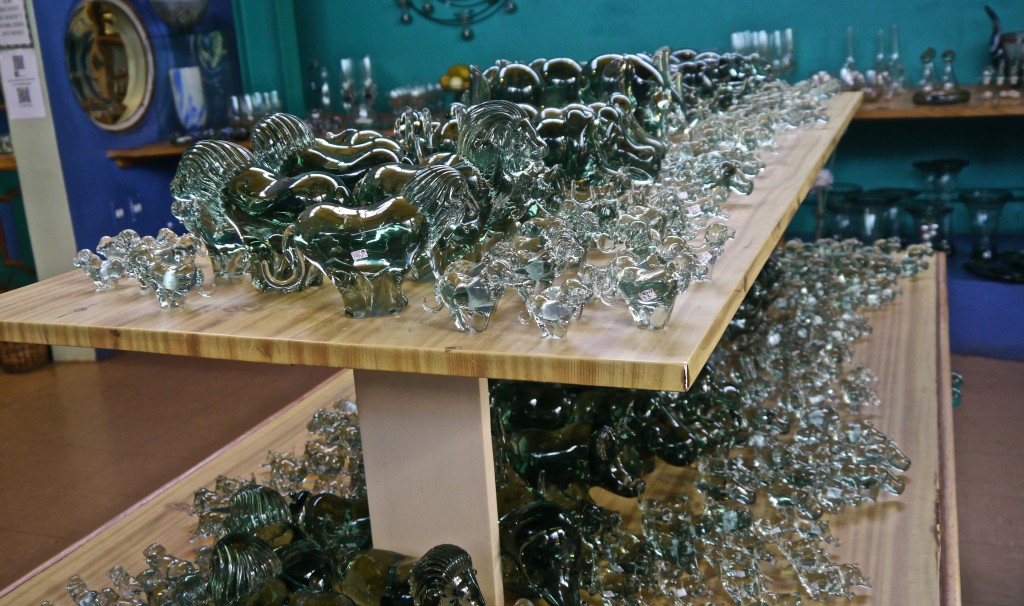
Swaziland’s Ezulwini Valley is dotted with well-established craft centers that draw tourists looking for high-quality, handmade artifacts at reasonable prices. One such establishment is House on Fire, a concert venue and craft center with quirky, artistic decor and beautiful shops selling artifacts that range from baskets to batik and from candles to clothing.
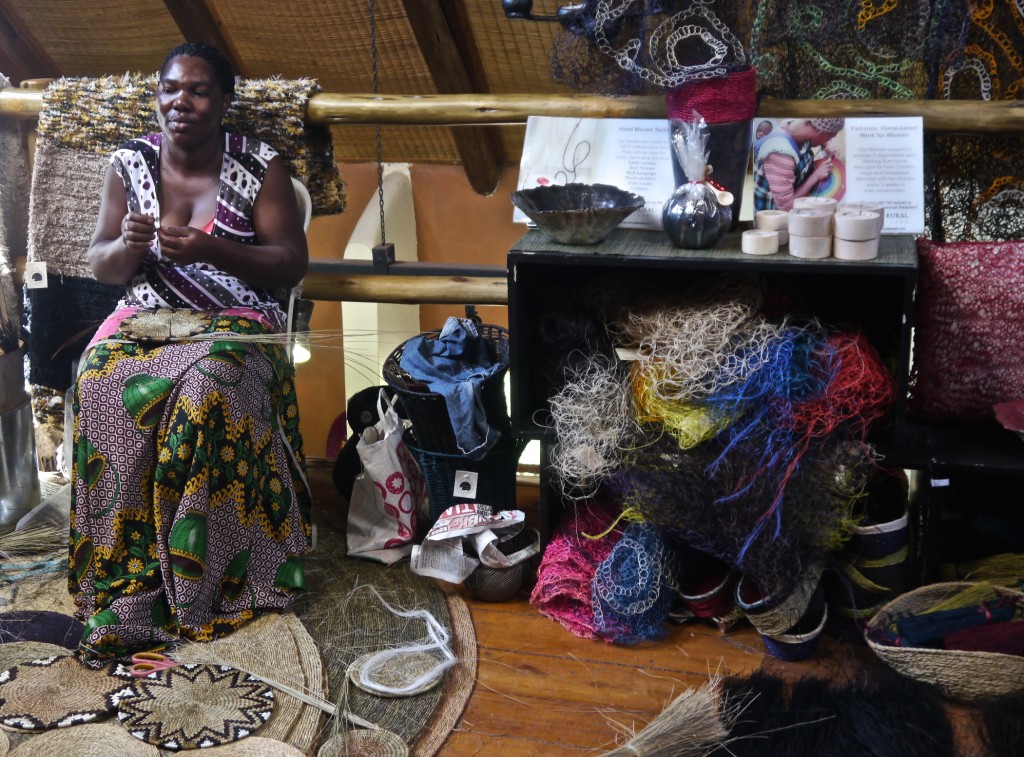
House on Fire is a fantastic place to buy Swazi arts and crafts–not only because the stores are full of quality handmade products rather than kitschy, mass-produced souvenirs, but also because many of the proceeds trickle directly back to the artists and weavers.
Supporting these craft centers in Swaziland is a wonderful way to give back to a country plagued by some of the worst health issues and poverty rates in the world. Many of the shops we visited donate a percentage of their proceeds to women’s cooperatives and to victims of HIV, while buying and selling products at a fair price.
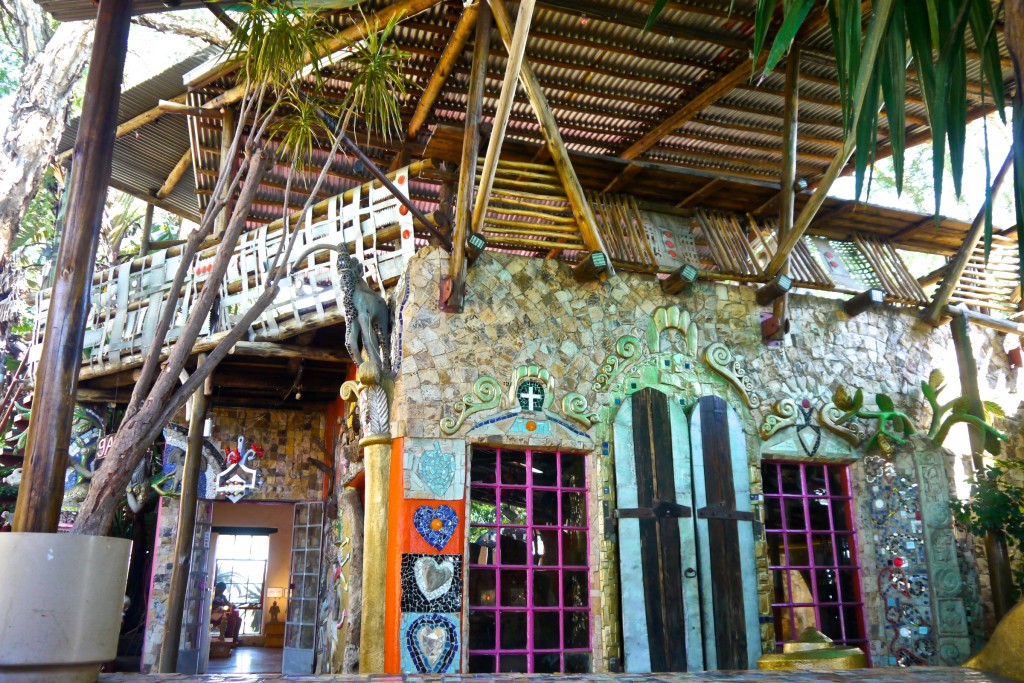
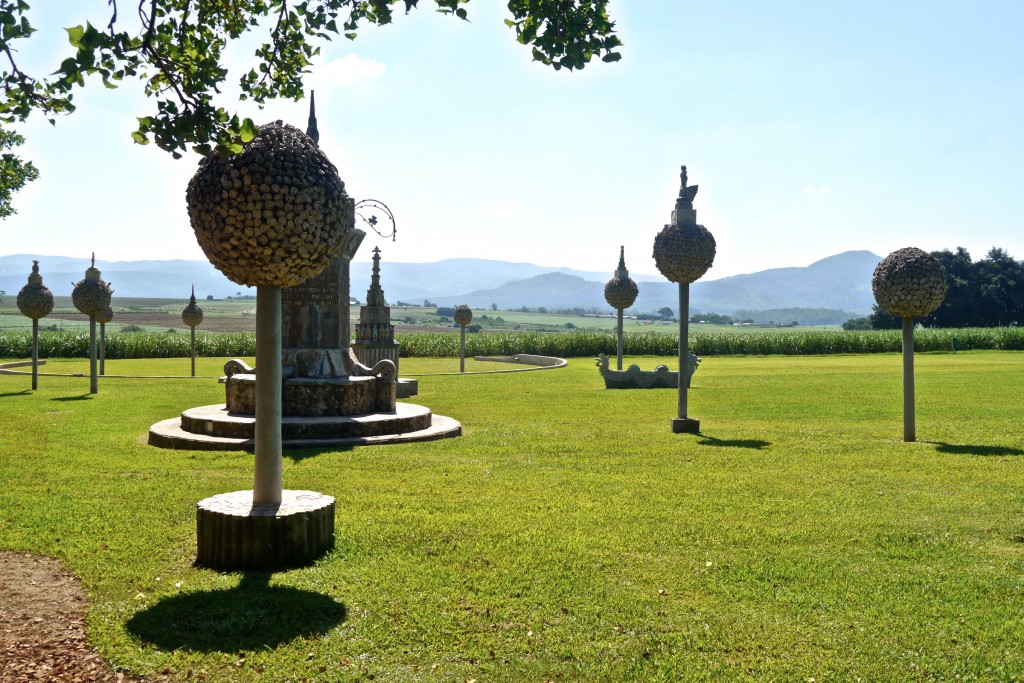
As Swazi arts and crafts have become more renowned, I believe larger numbers of tourists will inevitably follow. My hope is that Swaziland can benefit by reaping the positive effects of tourism and investing in its citizens and grassroots organizations in a sustainable way.
The Swazis have a lot to be proud of and a visit to the country is like walking through an open air museum of the country’s history and tradition. I hope that, as more people discover the beauty of this tiny country, Swaziland’s image will shift from that of a nation decimated by HIV, to one that is celebrated for its rich contributions to African arts and culture.

